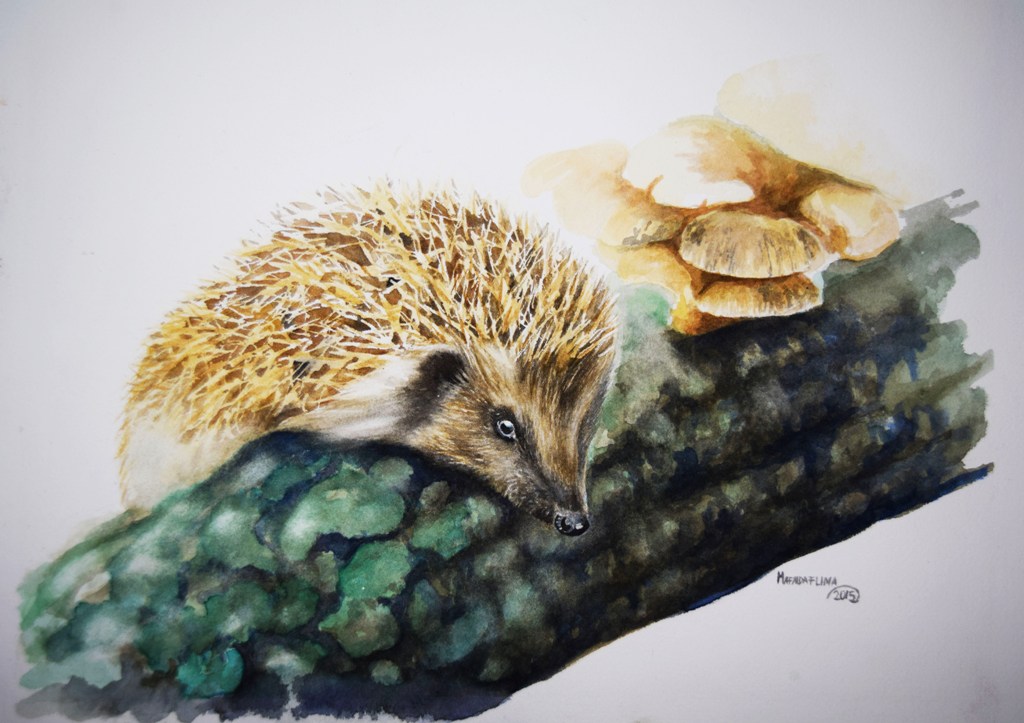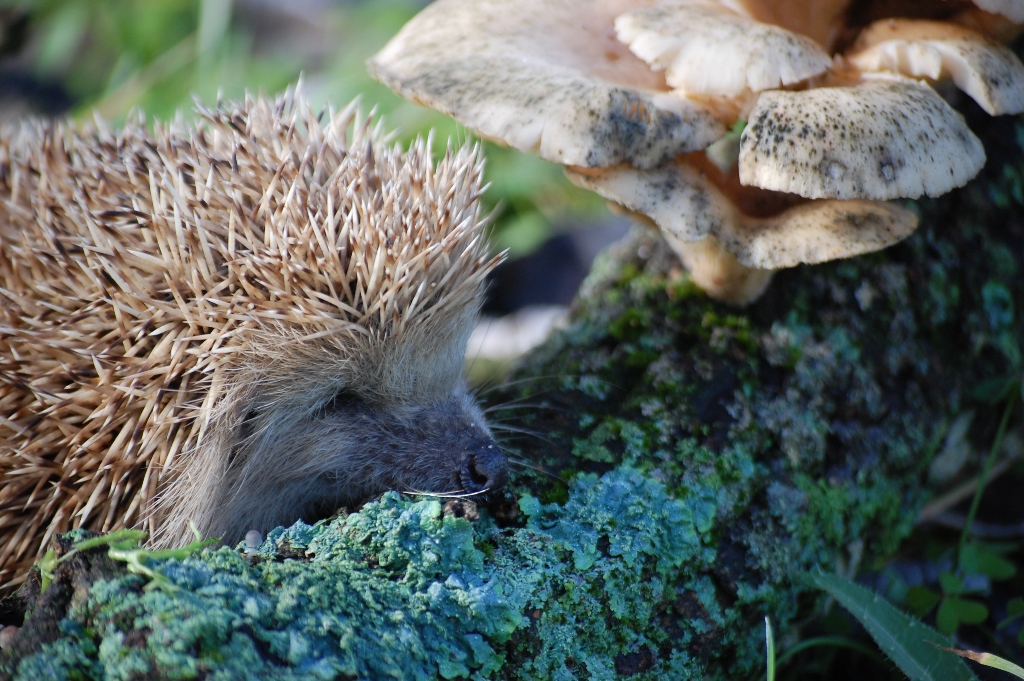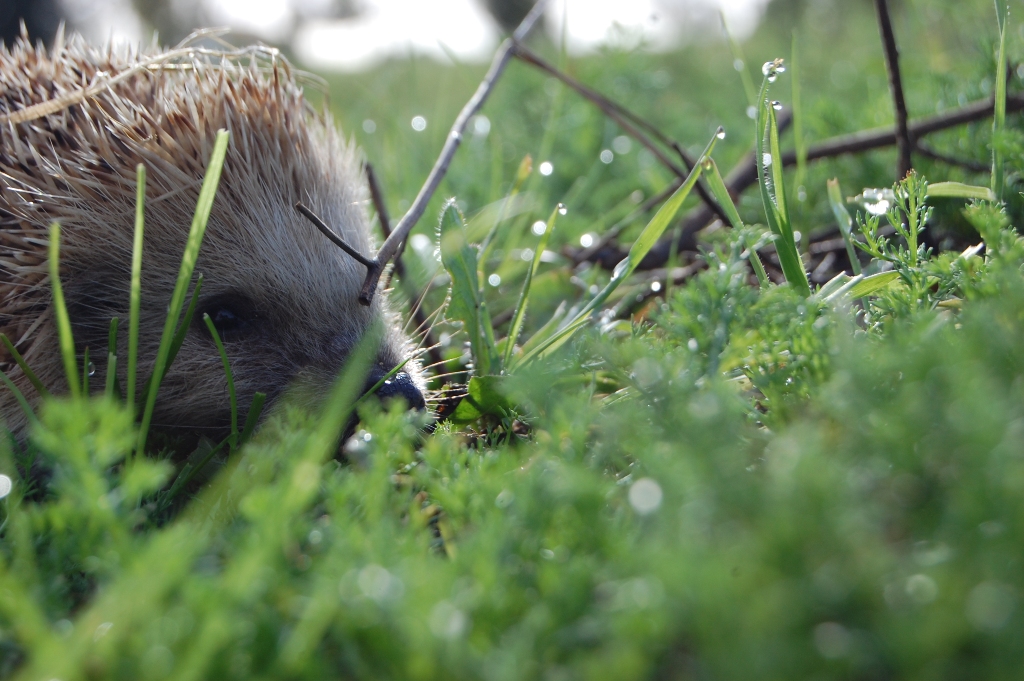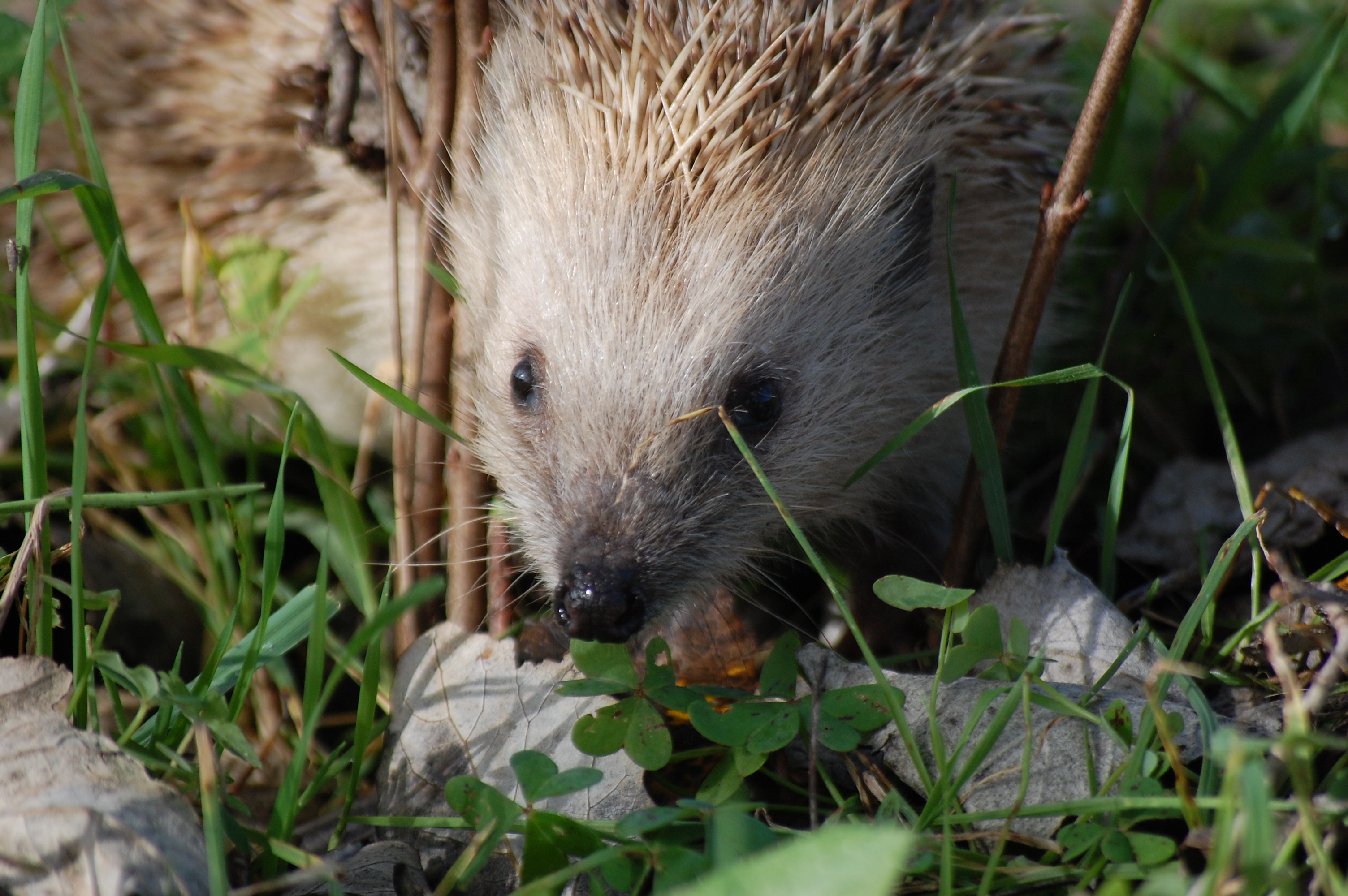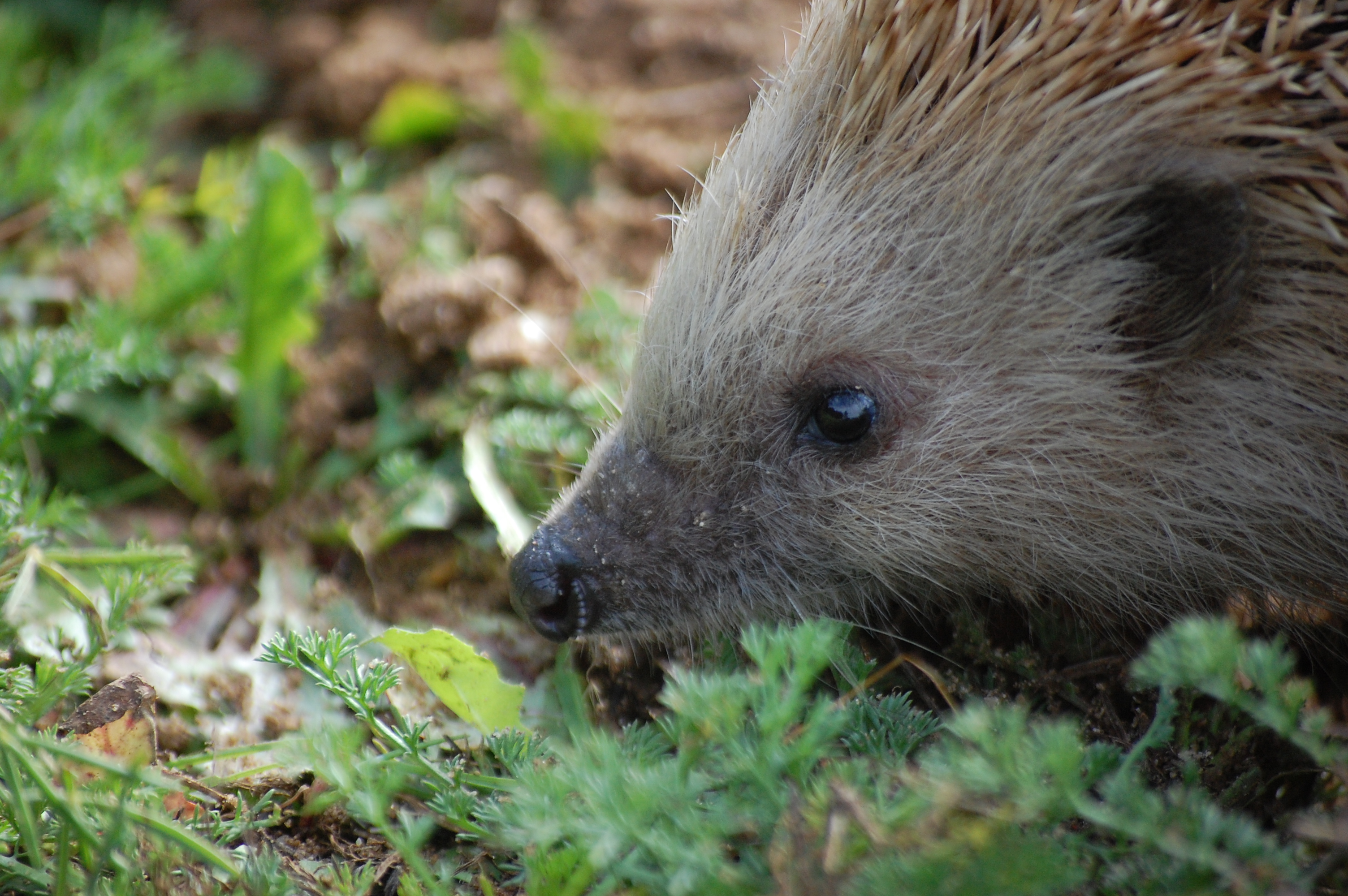Wilder correspondent, Mafalda, discovered a hedgehog in her farm and it needed her help. At the end, Banjo (that’s its name) went back home safe and sound.
I will not hide how much I love and admire hedgehogs!
I have an enormous affection for them and throughout my life I had the pleasure to cross ways with several of these lovely creatures. Some of them needed help and others were just passing through. All of them are unique and I will remember them as friends who left me feeling a great sense of joy and purpose, especially those whom I had the pleasure of releasing back into the wild.
I could stay here forever telling funny stories, thanks to these creatures that are part of so many children’s imagination, but today I will talk about Banjo, the last hedgehog I had the pleasure to rehabilitate.
I found Banjo on an autumn morning, stuck in the fence that makes the perimeter of the farm. By that time, with fully swollen legs and wounds on his back, made by some predator who saw an easy meal and tried his luck. Thanks to the six thousand sharp thorns that cover much of the hedgehog body, he was not successful.
After releasing Banjo from the fence, I saw he couldn’t walk or curl up in its protective position (due to the swelling, caused by lack of circulation). Bringing him home for a few days was the only way of ensure his survival. As usual I kept to a minimum all human contact, restoring his strength and health was my main goal so he could get back to his freedom as quickly as possible.
Three days later he was totally new and spirited (a good sign!).
I can safely say that, Banjo got home feeling good and fatter, ready for his hibernation season. It’s important to say that, after this incident we open passages in all fences so that this does not happen again.
The hedgehog (European Erinaceus) is an insectivorous mammal that belongs to the Erinaceidae family, with essentially crepuscular habits. Although having little legs, in one night, he can make distances up to three kilometers searching for food. They hibernate from November to March.
Unfortunately there is a high mortality rate in hedgehogs during the first hibernation, since often they fail to accumulate enough weight to survive the winter. This and other saddest reasons contributed to the rapidly disappearing of this charismatic animal in large numbers throughout the United Kingdom, campaigns are being made in attempt to prevent their complete disappearance.
I hope this sad reality doesn’t reach us here in Portugal, and as I know many people love these emblematic animals of our fauna I took the liberty of leaving here four tips for those who want to help hedgehogs living near by:
– If you receive visits or have any hedgehog living in your garden, accumulating garden rubbish (leaves, trunks etc.) provides an excellent shelter, hibernation nest.
– To help the hedgehog gain weight for the winter (beyond their normal diet: slugs, snails, beetles, caterpillars and worms) you can leave a small dish with protein-rich food (such as minced meat or pâté / cat food), particularly at this time of the year. A drinking water bowl should also be available.
-Do not burn bushes, logs / leafs without first checking if its inhabited
-Open a small hole at the base of each fence to allow easy access.
I hope you have many visitors and the pleasure of seeing these fantastic animals over and over again in the future!!








